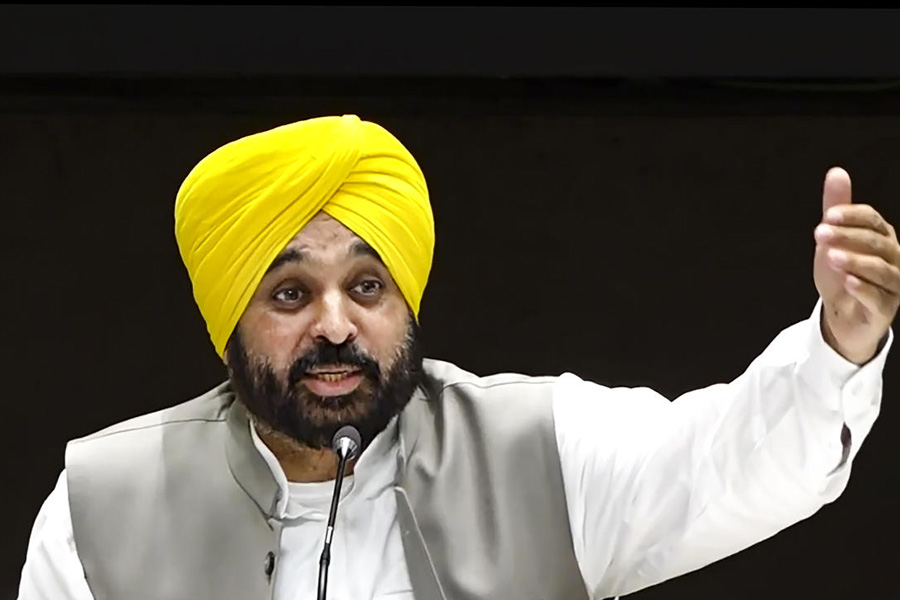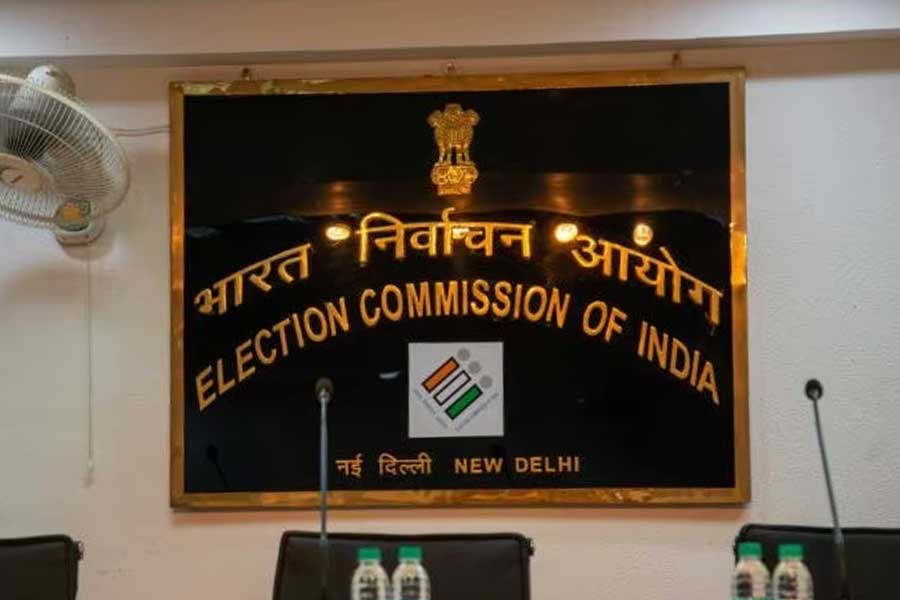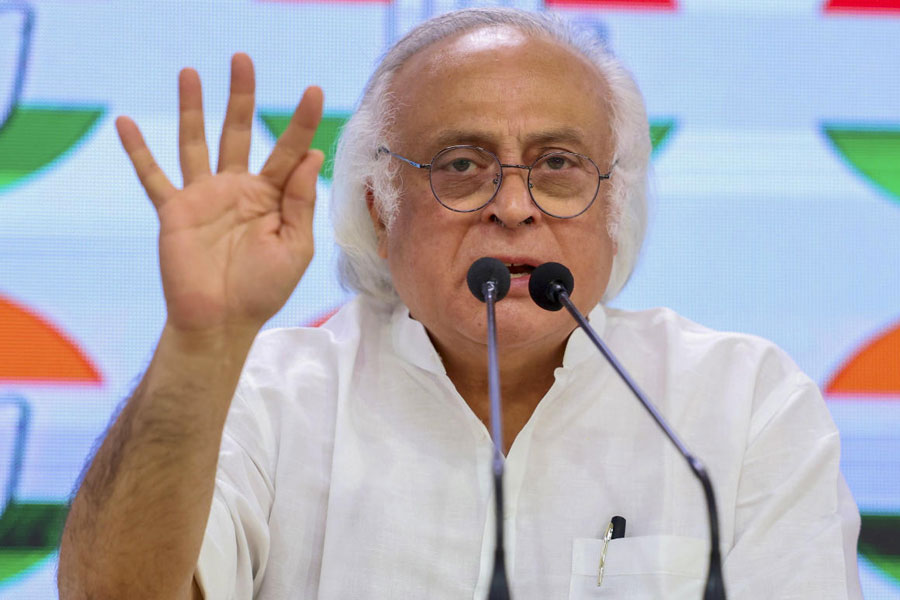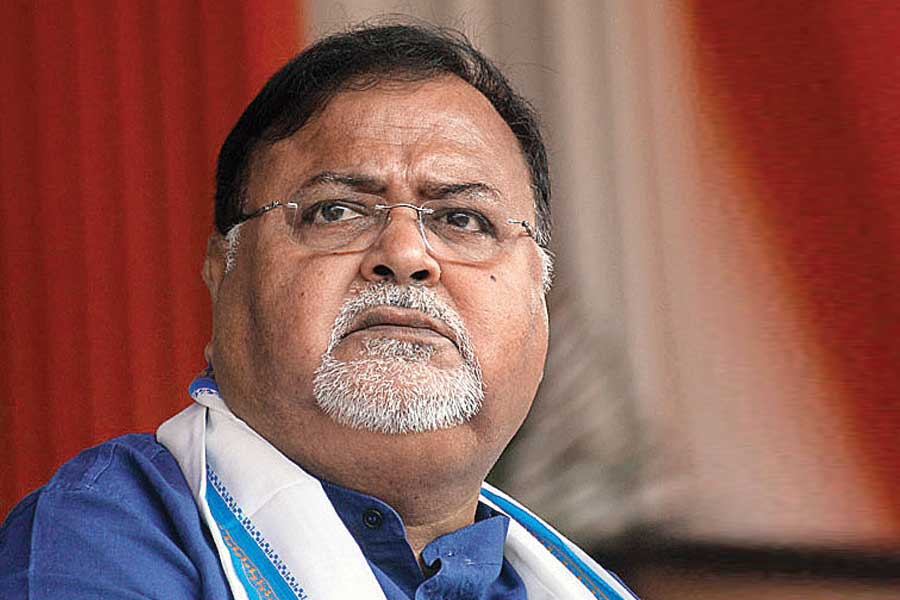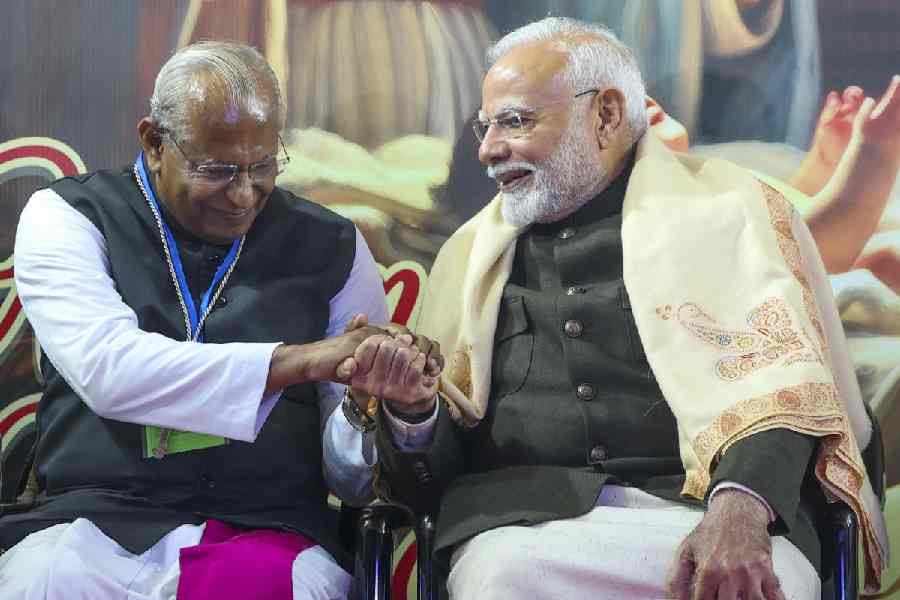The world is teetering on the verge of a fullblown energy crisis as crude oil prices threaten to cross $100 a barrel, once again, coal prices surge to record highs, and natural gas cost rises to an unprecedented level that is equivalent to $250 a barrel for oil. The World Energy Outlook 2022, released by the International Energy Agency last week, paints a very bleak scenario. The report states that 75 million people who recently gained access to electricity are at grave risk of losing their ability to pay for it. Worse, a 100 million people may be pushed back into using firewood for cooking instead of embracing healthier options. The energy crisis — exacerbated by the war in Ukraine — has already stoked inflationary pressures around the world, which is showing clear signs of sliding into a deep recession. The Outlook paints a very grim picture for India. Energy demand in the world’s fastest-growing economy is expected to rise by over 3% every year between 2020 and 2030 — the highest in the world. India has set itself an ambitious goal of creating 500 gigawatts of energy capacity from renewable sources, mostly solar. But with the Narendra Modi government pushing back its target for net-zero carbon emissions till 2070, the dependence on fossil fuels like coal and crude oil will continue to grow.
A new age of autarky has dawned in the country as Mr Modi aggressively pushes his ‘Make in India’ programme. The use of coal in electricity generation is projected to fall from just under 75% to 55% by 2030 under the most conservative of the three scenarios the Outlook paints. But the gains from this great thrust towards the use of clean energy in power generation will be overwhelmed by the rapid increase in the demand for fossil fuels as India builds massive steel and cement making capacities in its pursuit of ambitious urbanisation and industrialisation goals. India’s fossil fuel import bill, which is heavily tilted towards crude oil, is expected to double over the next two decades. This presents a curious paradox: as India turns into a vibrant economy, power outages will increase. Electricity generation costs are rising by 30% every year in India but power utilities are not being permitted to revise consumer charges. The challenge will be to end this chiaroscuro effect where one part of the country glows but the other plunges into an area of darkness.


